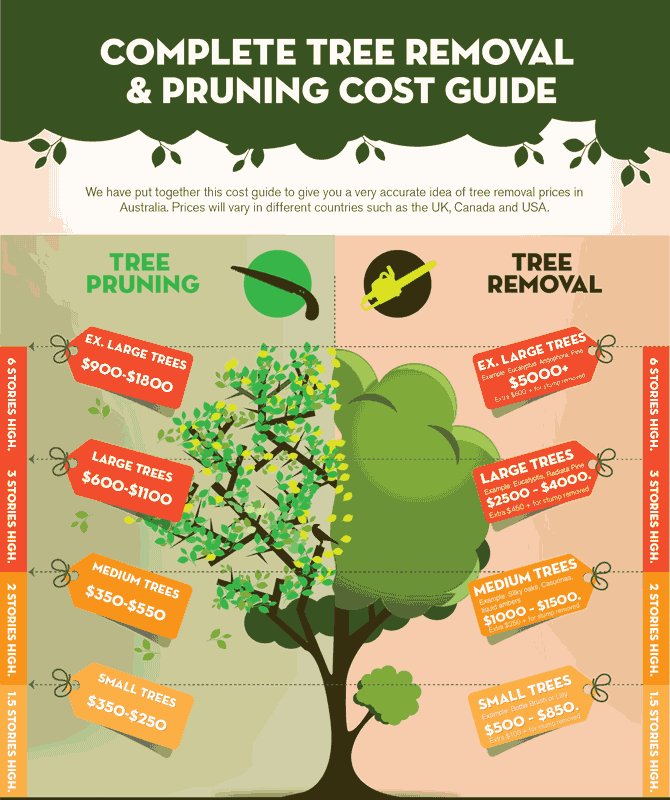Protecting Your Landscape: Replanting After Tree Removal
Protecting Your Landscape: Replanting After Tree Removal
Blog Article
Write-Up By- https://www.benzinga.com/pressreleases/20/09/n17463131/united-states-landscaping-market-analysis-2020-2025-trends-developments-and-the-impact-of-covid-19 can leave a space in your landscape that needs dental filling. You can plant something brand-new in that room, but it takes additional care and interest at the beginning to help it flourish.
The soil in that location will keep transforming in time as microorganisms break down the old origins. That can affect the vitamins and mineral equilibrium and physical area for new growth.
Dirt
The soil in a plot where a tree has actually been gotten rid of is most likely to be very different from the rest of your garden or lawn. The roots of the old tree and the stump will have changed the dirt, eliminating some nutrients and potentially crowding out other plants. Furthermore, if the previous tree was unhealthy, the contagious agent may still be in the ground.
The existence of roots promotes a rich and varied neighborhood of soil microorganisms that improves vital procedures like vitamins and mineral cycling and organic matter disintegration. Without these microorganisms, the displaced dirt can end up being much less abundant and nutrient-depleted, with a negative effect on plant development.
Prior to replanting, the dirt ought to be removed of particles and natural product (such as wood chips from stump grinding). You might want to mix in potting soil or native dirt with this compost to give your new growing with an environment that is well balanced and full of nutrients.
Water
Tree roots absorb big quantities of water from the dirt. This procedure additionally includes nutrients back to the soil, particularly nitrogen, which is essential for brand-new trees and plants. Unfortunately, old dirt can be depleted of these important minerals as a result of the rotting roots and stump from a gotten rid of tree.
This is why it is very important to have a plan for the future of your landscape. Preferably, the very best time to plant is when you have a clean slate.
Whether you're growing lawn or blossoms, ensure to use a soaker hose pipe to prevent overwatering your brand-new landscape design. If the area was a yard, make sure to cover the soil with natural compost to help maintain dampness in the soil, regulate dirt temperatures and subdue weeds. This additionally supplies a layer of defense for young plants and advertises worm activity. Then, consistently replenish the mulch to continue boosting the soil nutrient thickness and microbial life. This is known as soil reconstruction.
Light
Trees are a wonderful enhancement to any kind of landscape, providing color, visual pulchritude, and numerous various other benefits. However, sometimes trees end up being unpleasant as a result of a variety of factors, consisting of disease, bug infestations and natural aging.
In such instances, it might be essential to remove a tree. It's important to take into consideration the worth of a particular tree in your landscape design and take the proper actions to guarantee that the elimination is done safely and successfully.
Throughout the late summer season, it's an ideal time to carry out maintenance and examinations on existing trees. Try to find signs of illness, insect invasions, or architectural damages, in addition to any kind of potential risks such as weakened or leaning trees.
Prior to beginning any kind of building and construction tasks, make certain to shield the origin zones of existing trees by staying clear of dirt compaction and grading around them. Organic matter, as it breaks down, can generate harmful gases that are damaging to the roots of a tree. It's likewise an excellent concept to mulch the location around a tree after building and construction has ended up to conserve dampness and subdue weed growth.
Temperature
Trees are important to a landscape for their visual allure, however they additionally play an essential role in the regional environment by supplying shade and windbreaks. They support wildlife environments and minimize the quantity of carbon dioxide airborne, which can add to global warming. This is why it is suggested to replant trees after removing one from the residential property.
When replanting a brand-new tree in the location of a previous stump, the soil might not have enough nutrients to sustain it. It is best to wait for a year prior to growing to guarantee that the dirt will be rich in nutrients.
To make sure that replanted trees flourish, it is crucial to supply them with proper care. A layer of compost will certainly keep soil wetness from evaporating, manage soil temperature level, and aid suppress weeds. Organic compost is the recommended option due to the fact that it enhances soil fertility. Ongoing fertilizing and pest control are likewise crucial for replanted trees.